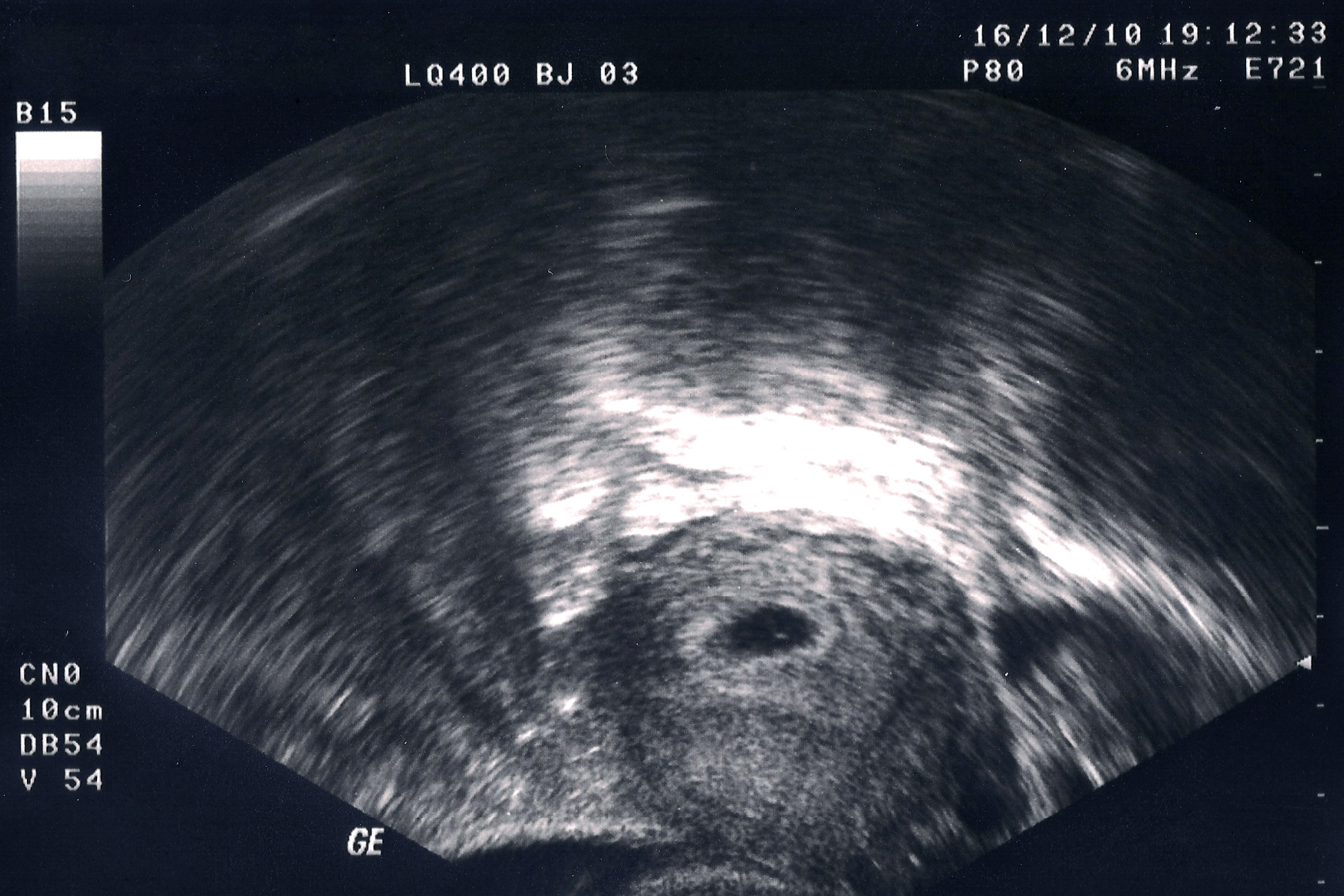Embryo transfer to your US surrogate
What UK intended parents can expect

Embryo transfer is a critical and much anticipated stage in your journey and one where we get asked a lot of questions. For some intended parents and surrogates, this will be the first time that they have experienced an embryo transfer. Others may have been through their own embryo transfers in the UK, and it is important to note that there are some differences in how this works in the US.
Here we look at what to expect in the lead up to, during and after your embryo transfer and what this experience looks like in the context of US surrogacy, as well as how BB, your clinic and agency will support everyone involved.
Once you and your US surrogate have signed your Gestational Carrier Agreement, your US fertility clinic will issue a treatment calendar to you all. This will detail when your surrogate will:
• stop birth control
• update the clinic of day 1 of her next cycle
• have a baseline ultrasound and bloodwork
• start medications
• have a lining check and bloodwork
• travel to the clinic for embryo transfer
• have HCG Beta tests to see if she is pregnant
All medication will be shipped to your surrogate with instructions and your US fertility clinic and/or US agency will be on hand to answer any questions. If your surrogate does not live close to your chosen clinic, she will be able to attend a clinic more local to her (known as outside monitoring). Your clinic will let her know what she needs to attend the clinic for, and your US agency will support her in making sure that appointments are booked and payments are made.
Once your clinic is happy that your surrogate is ready, she will travel to your clinic for the embryo transfer. She will typically travel the day before and stay on light rest for 24 hours following the embryo transfer before travelling home. Your US agency will arrange all travel and accommodation, and you will be responsible for those costs.

Who can be at the embryo transfer in a US surrogacy?
Your US agency will make sure your surrogate is supported throughout the embryo transfer and will want her to travel with a partner or friend to help her take things easy and be supported. In some cases, intended parents are present for the embryo transfer and, if you can make this work, it is a great time to visit the US and meet your surrogate in person.
If you aren’t able to make it, your surrogate or her supporter may be able to video call you or record the procedure, although this will be at the doctor’s discretion. You will also receive an ultrasound picture of the embryo in the womb that is a great first picture to share.
What happens after embryo transfer in US surrogacy?
Generally, your surrogate will return to have an HCG Beta blood test 10-12 days after the embryo transfer and this test shows whether she is pregnant. If the HCG Beta levels indicate that there is a pregnancy, your surrogate will have a further blood test 48 hours later, where your clinic will look to see that the HCG Beta levels have at least doubled to confirm that the pregnancy is progressing.

What happens if a pregnancy isn’t achieved?
If the HCG Beta levels indicate that your surrogate isn’t pregnant, she will be advised to stop all medication, and your US fertility clinic will then issue her with further instructions on what to do next and when the next embryo transfer attempt can be scheduled for. You will all be given a new treatment calendar, and the process will start again.
If a pregnancy isn’t achieved after the agreed number of attempts as set out in your Gestational Carrier Agreement, your doctor will guide you. They may suggest further testing, and attempt a further transfer if your surrogate agrees, or they may advise that you re-match with a different surrogate.
Typical scans/tests during pregnancy
Following positive HCG Beta tests, the US fertility clinic will want your surrogate to have an ultrasound. Some clinics may do an early scan at around 4-5 weeks and then again at 7-8 weeks, others will just have the surrogate attend at 7-8 weeks. The early ultrasound is to check that the embryo is developing correctly in the right place, the later ultrasound checks development and at this stage a heartbeat can sometimes be seen.
Your surrogate will then be released to her OBGYN for care throughout the remainder of the pregnancy with instructions on when to stop taking the medications prescribed. Once released to an OBGYN, the surrogate will see her doctor:
• About once a month between weeks 4 and 28 of the pregnancy
• Twice a month for weeks 28 to 36
• Weekly from week 36 onwards

Some OBGYN offices will perform an ultrasound scan at every visit but there will be a minimum of a full anatomy scan around 20 weeks of pregnancy for those that don’t. You will be kept updated on the pregnancy as it progresses and will be involved in key milestones such as the 20-week anatomy scan. This is another great time to visit the US, to meet your surrogate if you haven’t already, and to get to know the area ahead of your stay for the birth itself.
For intended parents working with Brilliant Beginnings, we can support you through all these steps, knowing what you need to do so you don’t miss anything, and being your trusted advisors at home in the UK. If you are interested in the support that Brilliant Beginnings can offer on a US surrogacy journey, please do get in touch.



Recent Comments